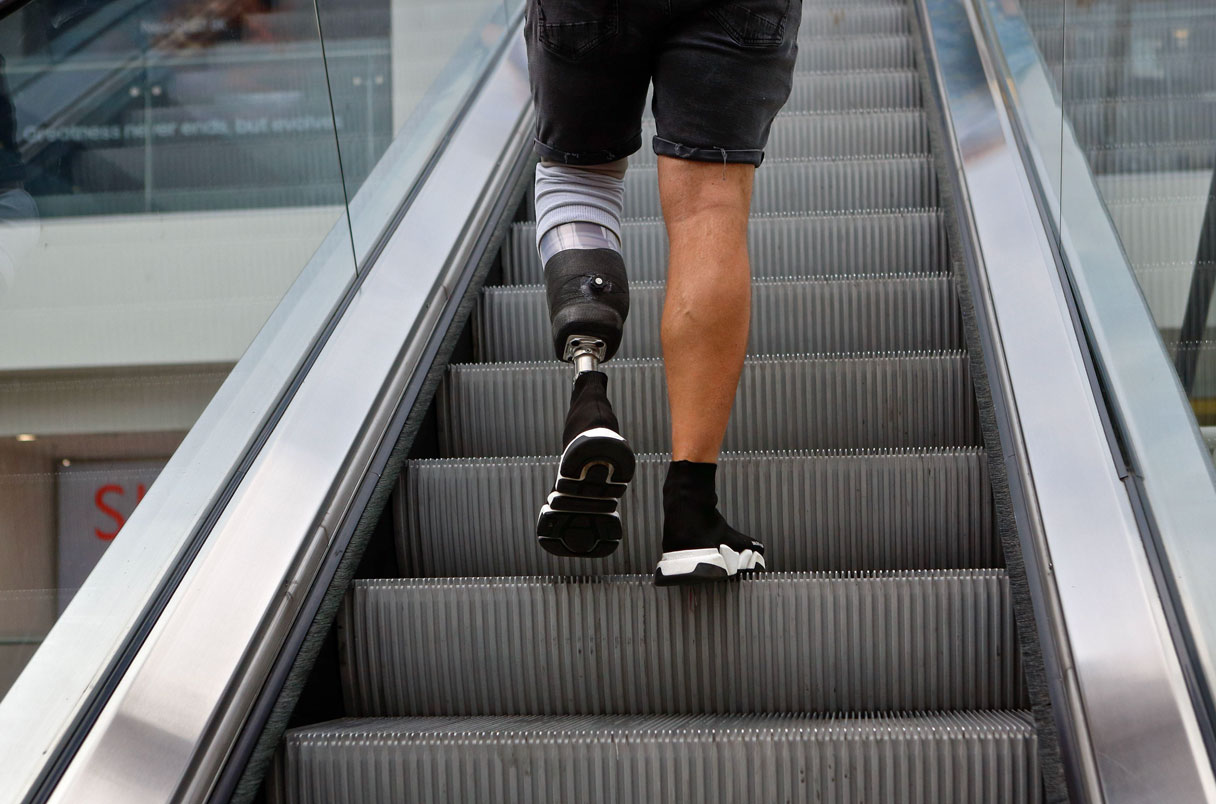In a recent article from Science, Dr. George discusses the latest neurorobotics research...
When someone loses a hand or leg, they don’t just lose the ability to grab objects or walk—they lose the ability to touch and sense their surroundings. Prosthetics can restore some motor control, but they typically can’t restore sensation. Now, a preliminary studyposted to the preprint server bioRxiv this month—shows that by mimicking the activity of nerves, a device implanted in the remaining part of the leg helps amputees “feel” as they walk, allowing them to move faster and with greater confidence.
“It's a really elegant study,” says Jacob George, neuroengineer at the University of Utah who was not involved with the research. Because the experiments go from a computational model to an animal model and then, finally humans, he says, “This work is really impactful, because it's one of the first studies that's done in a holistic way.”
Patients with prosthetics often have a hard time adapting. One big issue is that they can’t accurately control the device because they can’t feel the pressure that they’re exerting on an object. Hand and arm amputees, for example, are more prone to drop or break things. As a result, some amputees refuse to use such prosthetics.
In the past few years, researchers have been working on prosthetic limbs that provide more natural sensory feedback both to help control the device better and give them back a sense of agency over their robotic limb. In a critical study in 2019, George and his team showed that so-called biomimetic feedback, sensory information that aims to resemble the natural signals that occur with touch, allowed a patient who’d lost his hand to more precisely grip fragile objects such as eggs and grapes.

